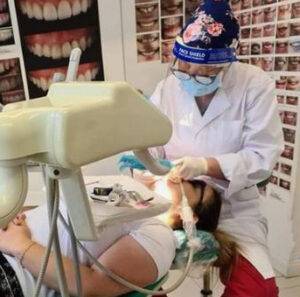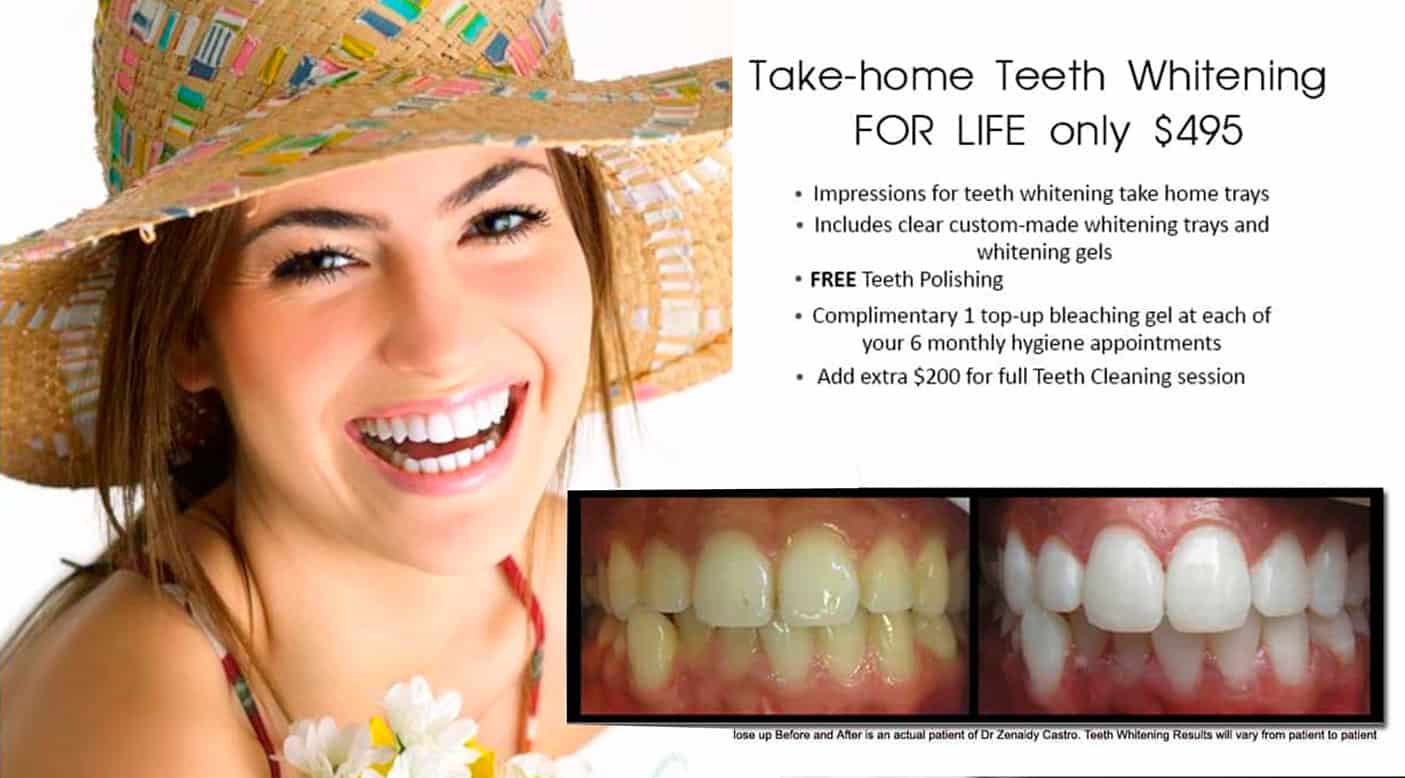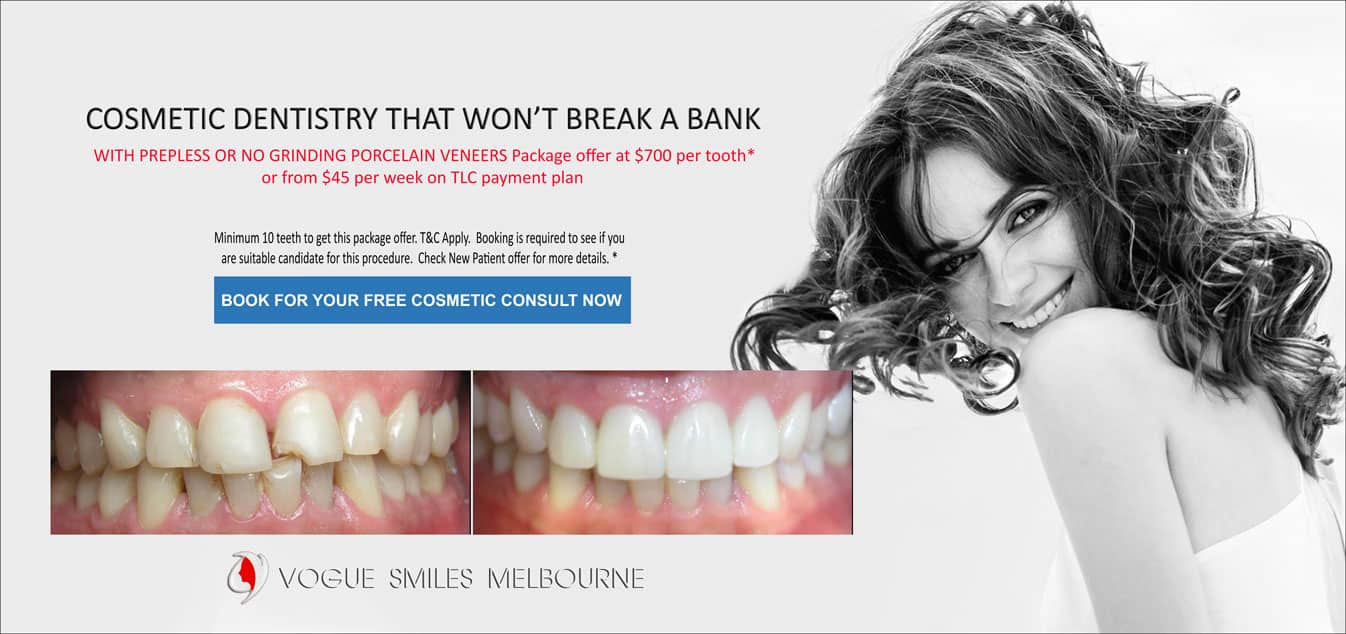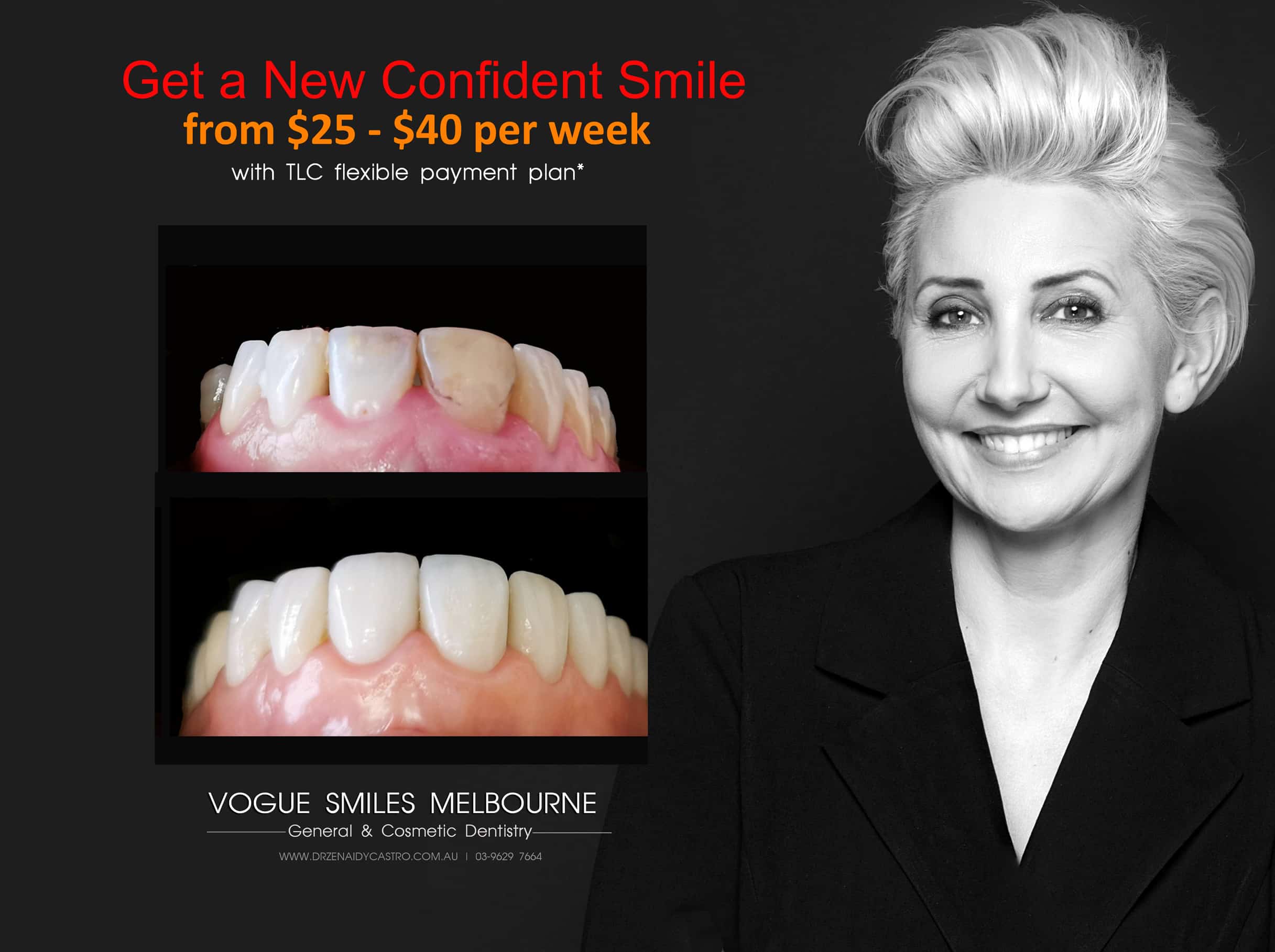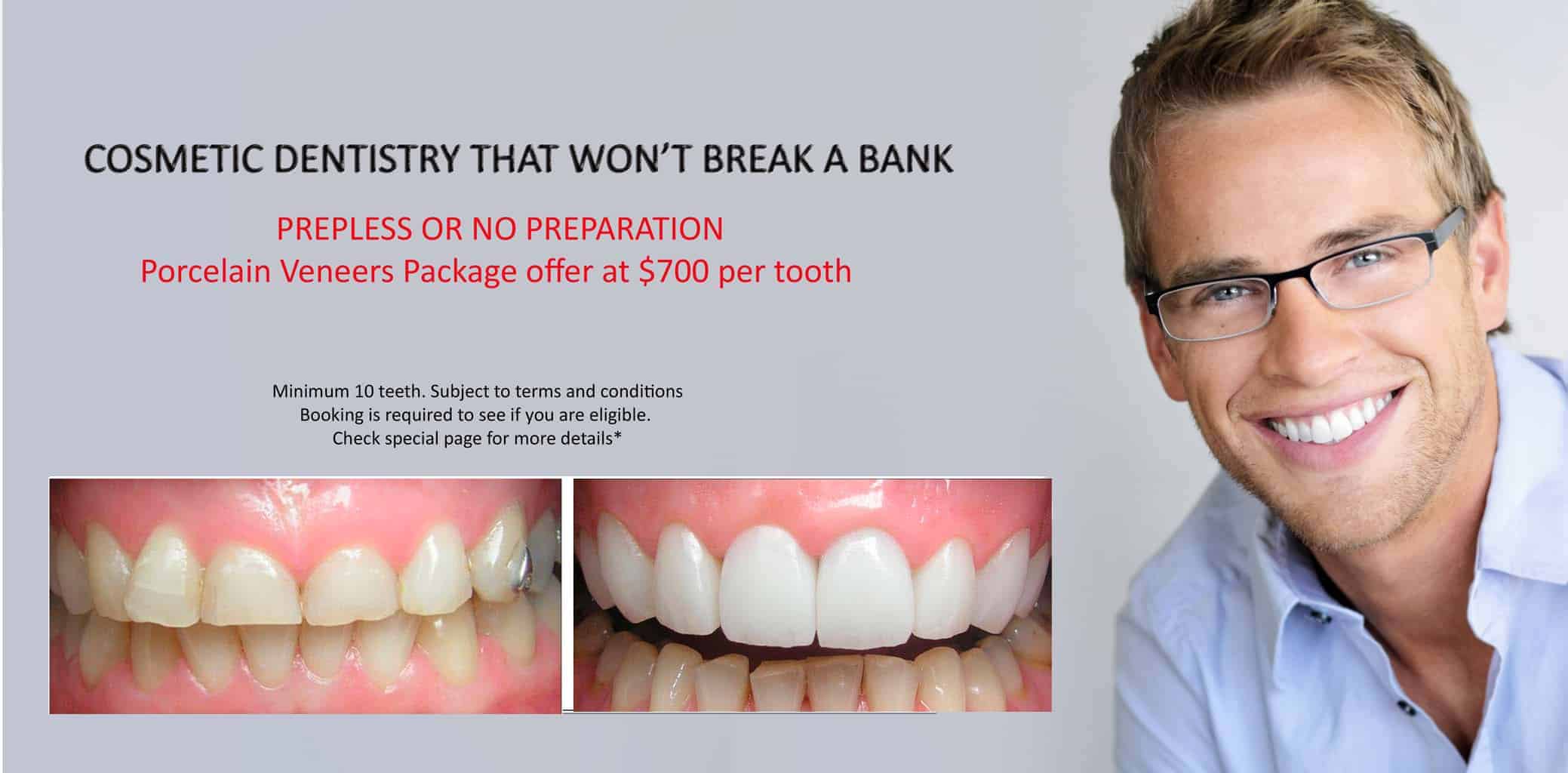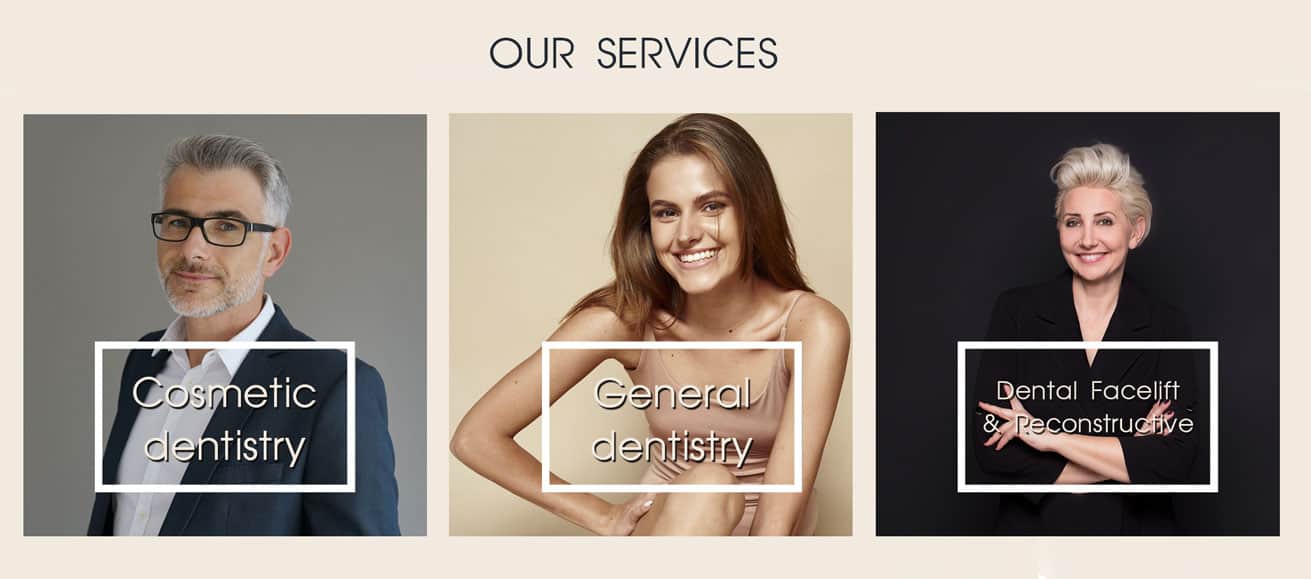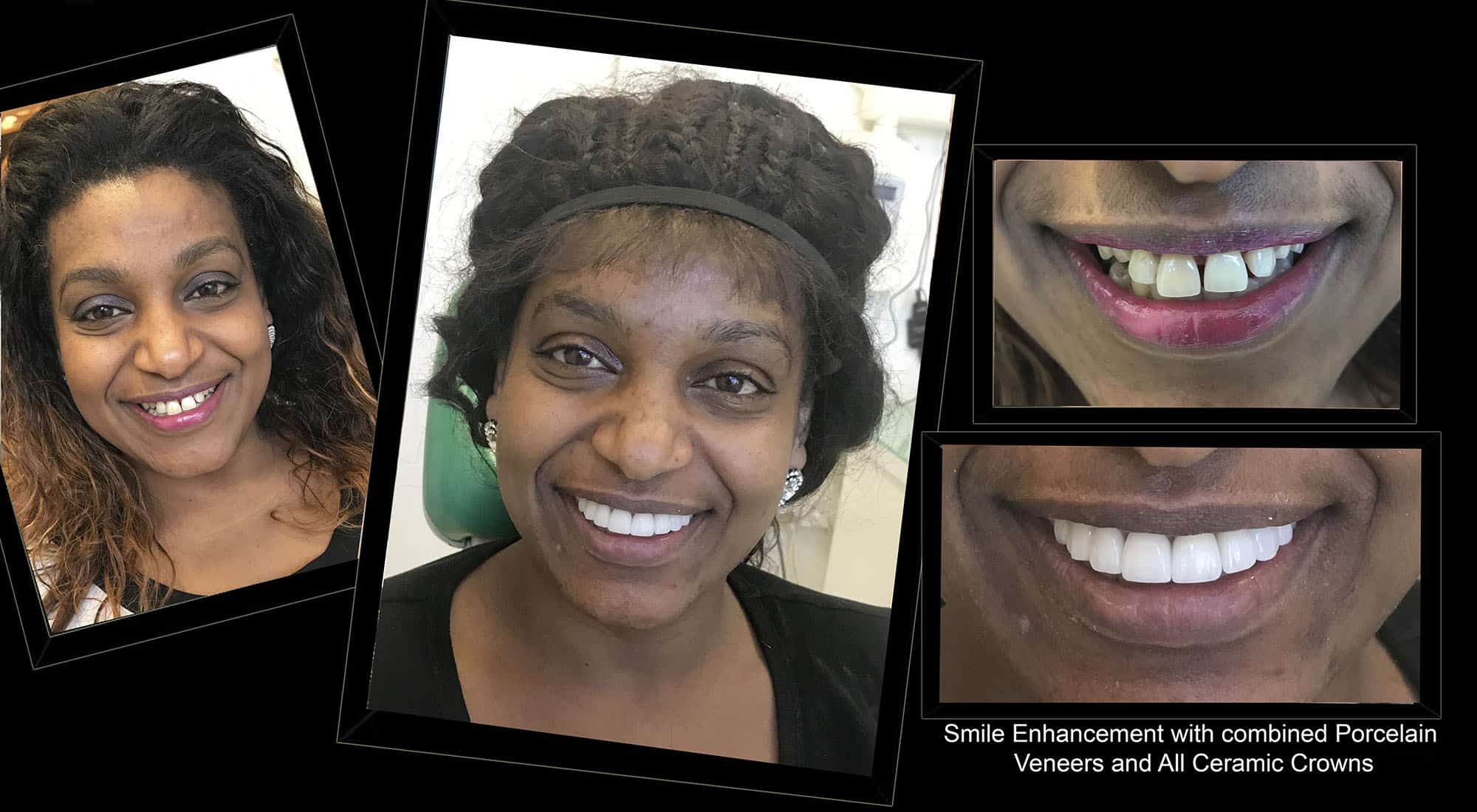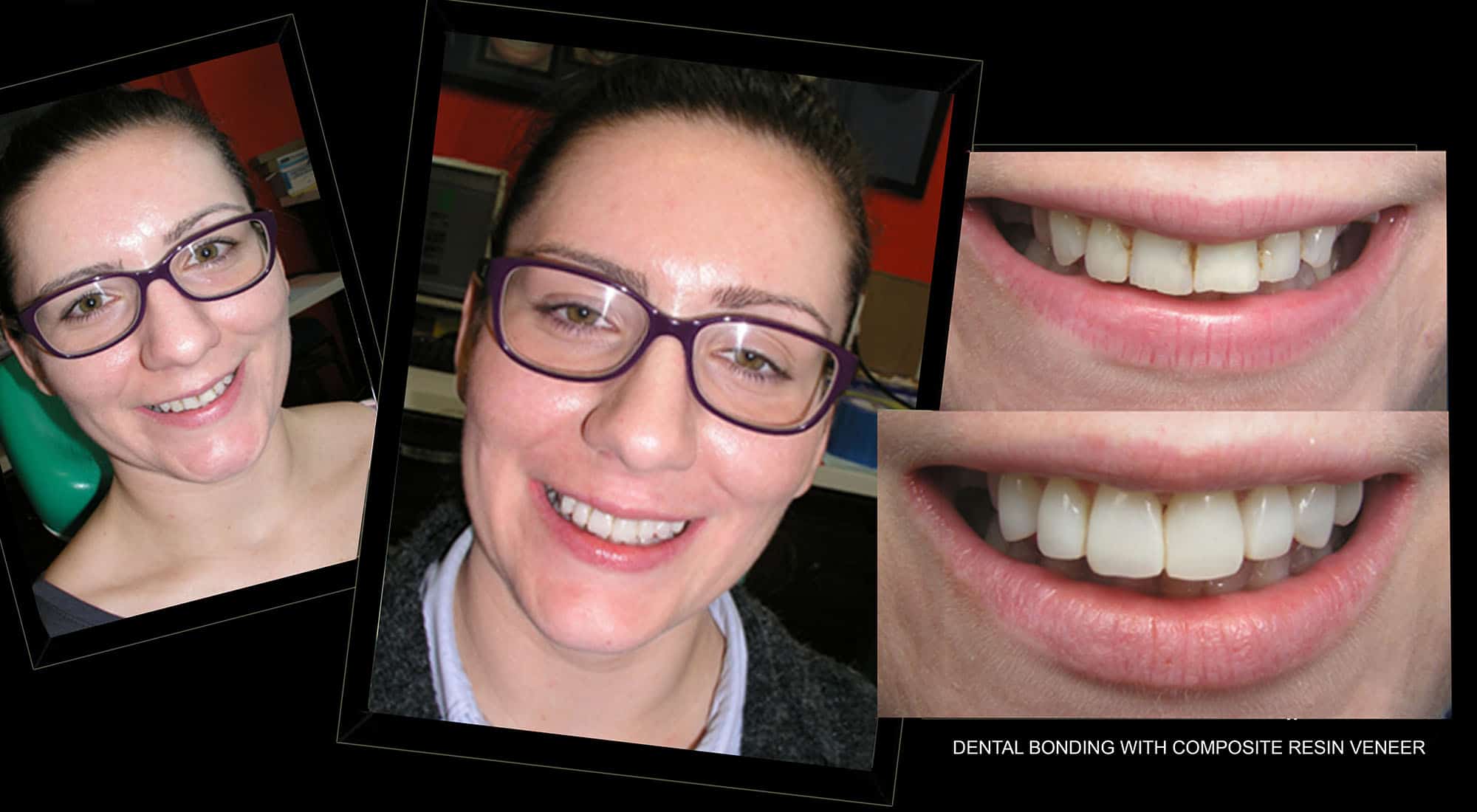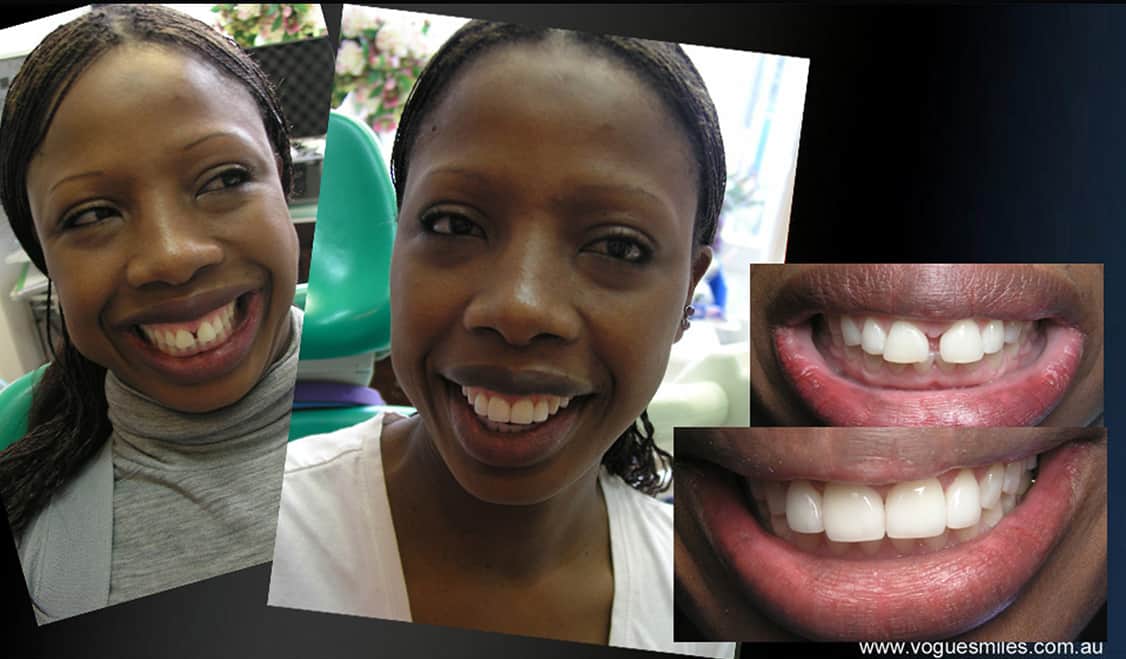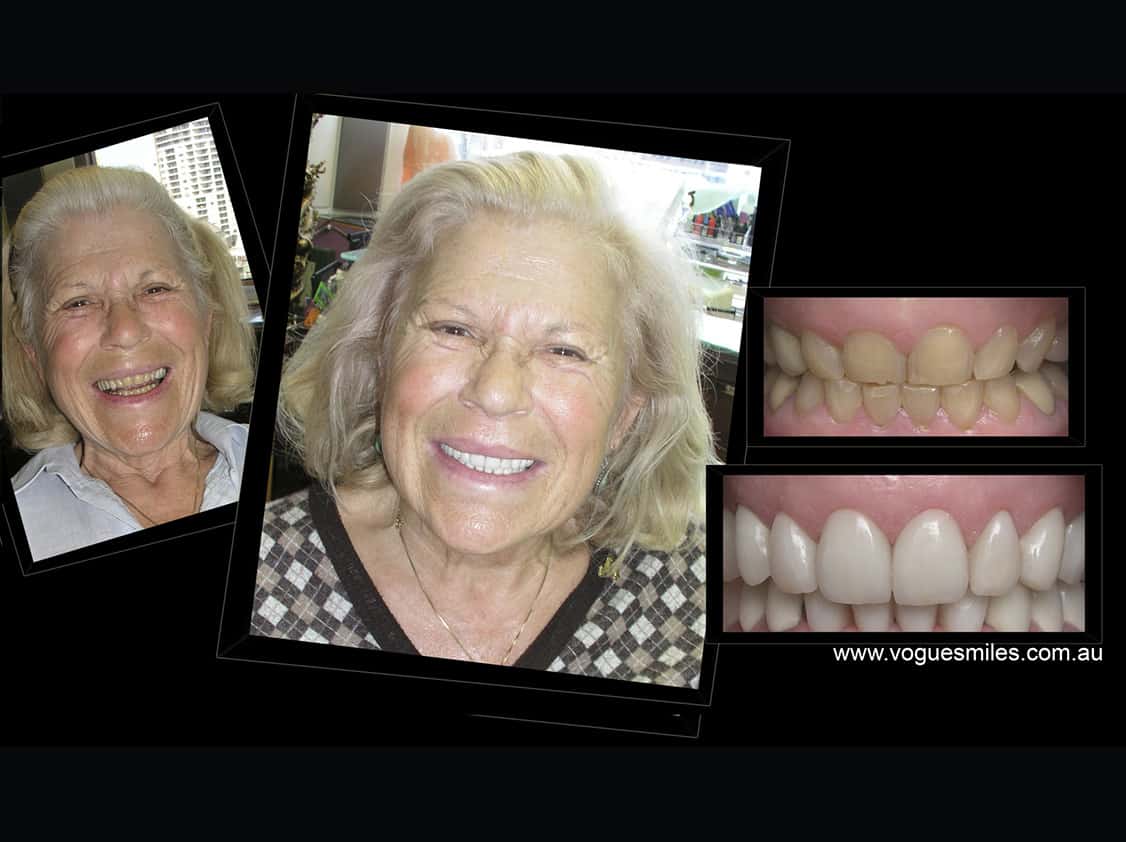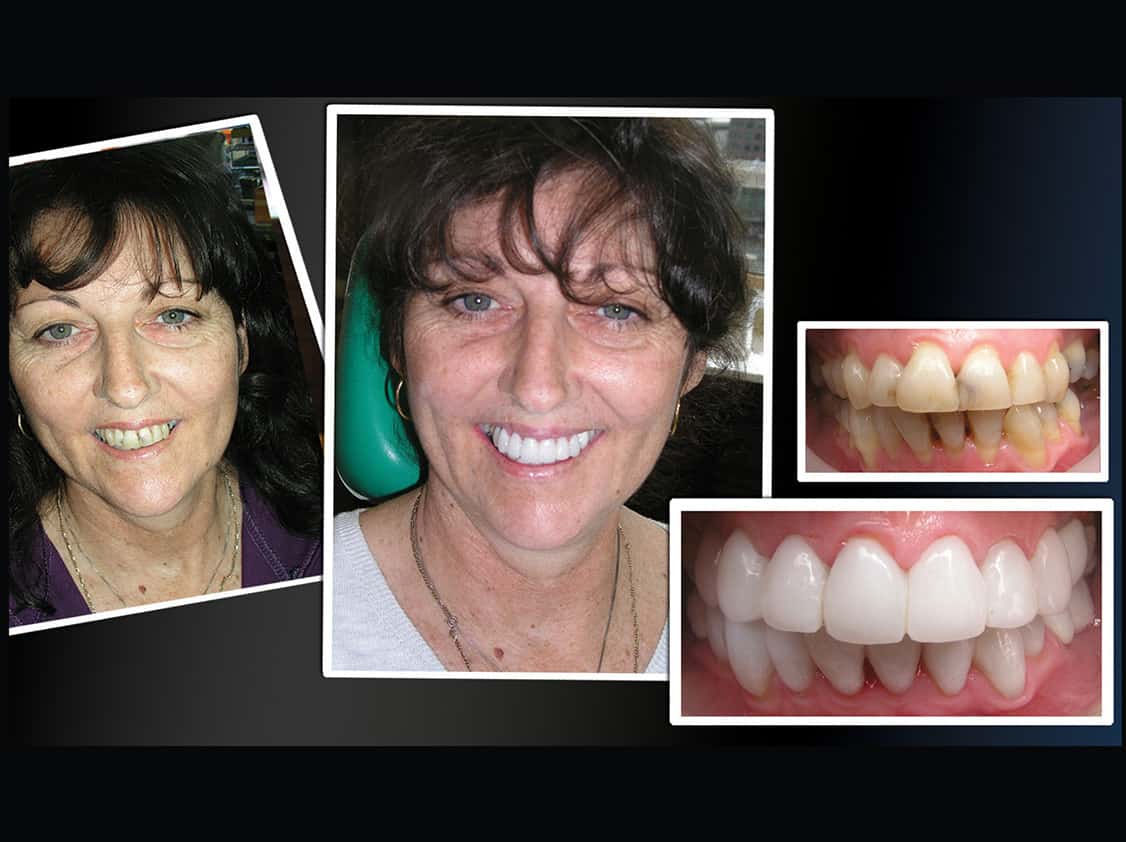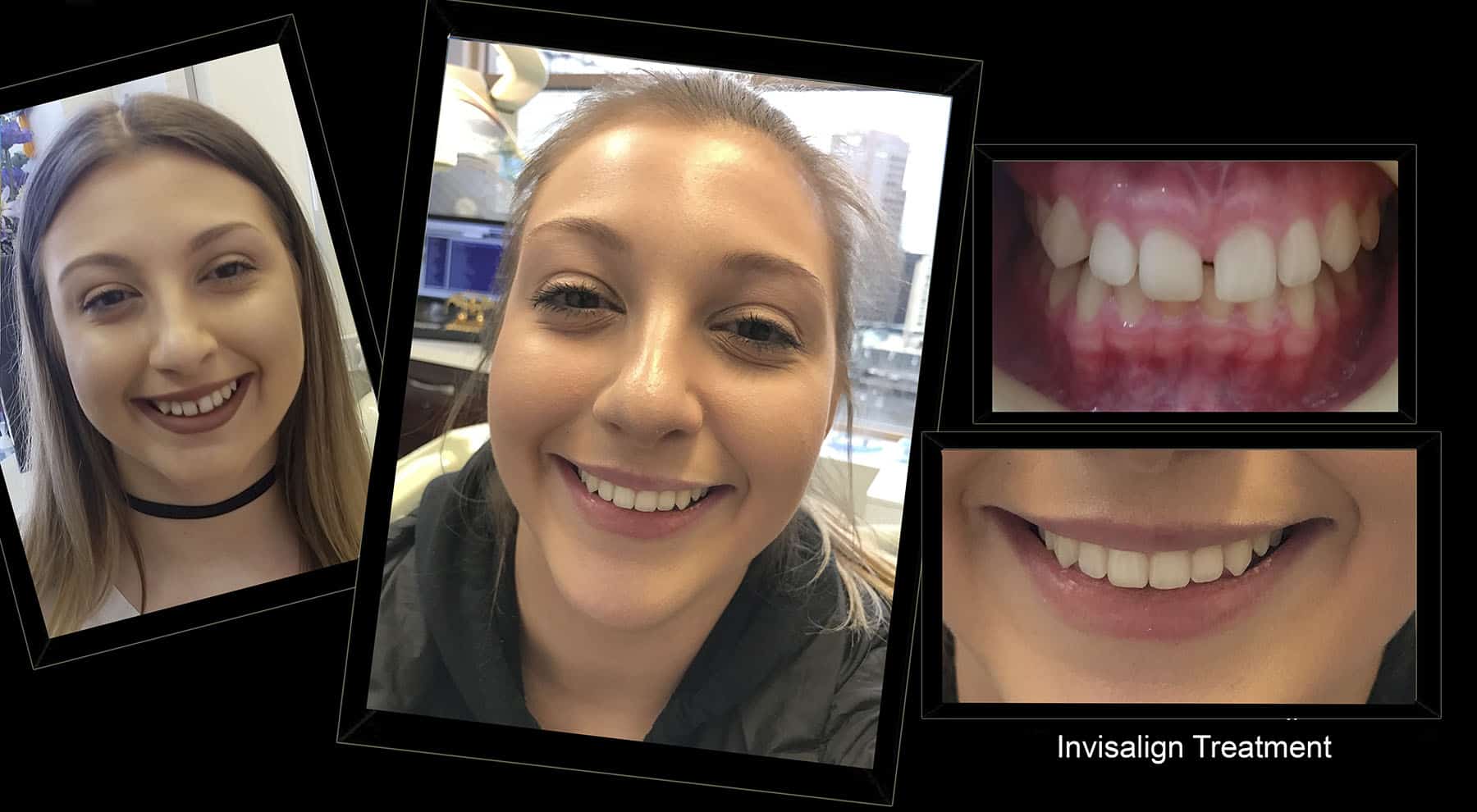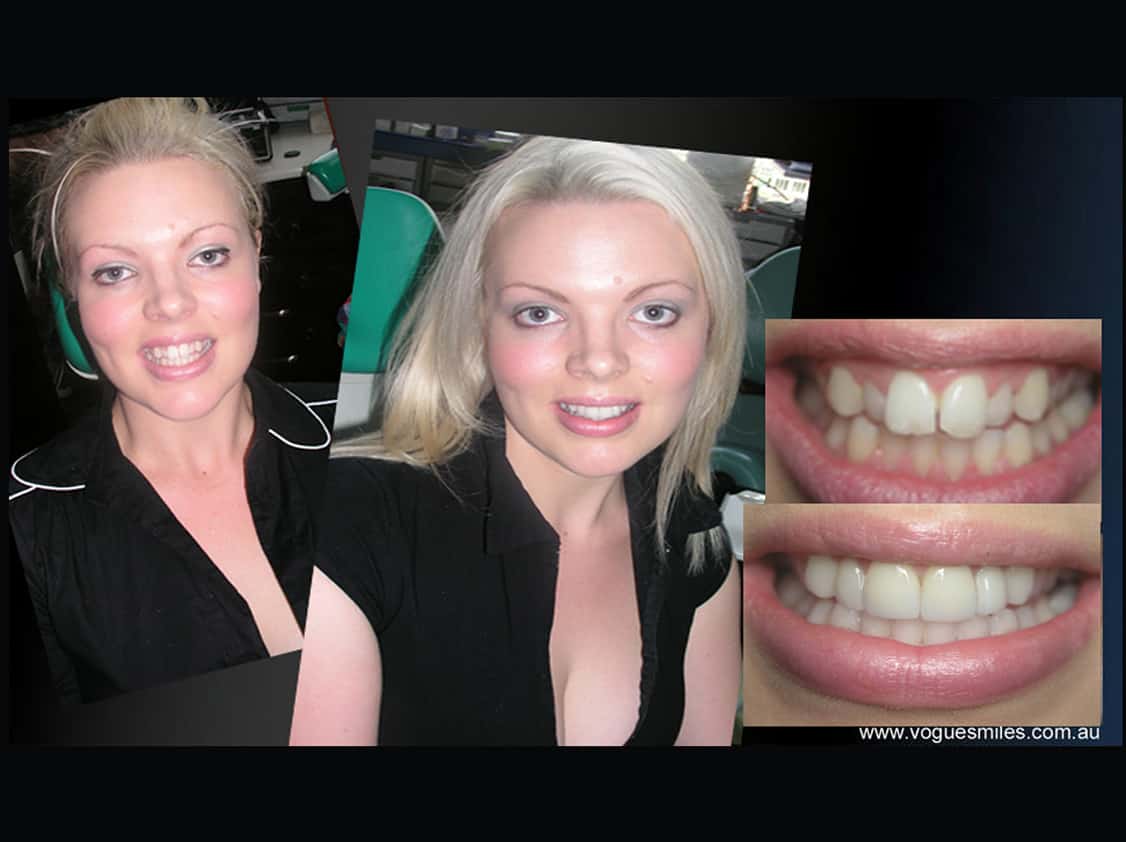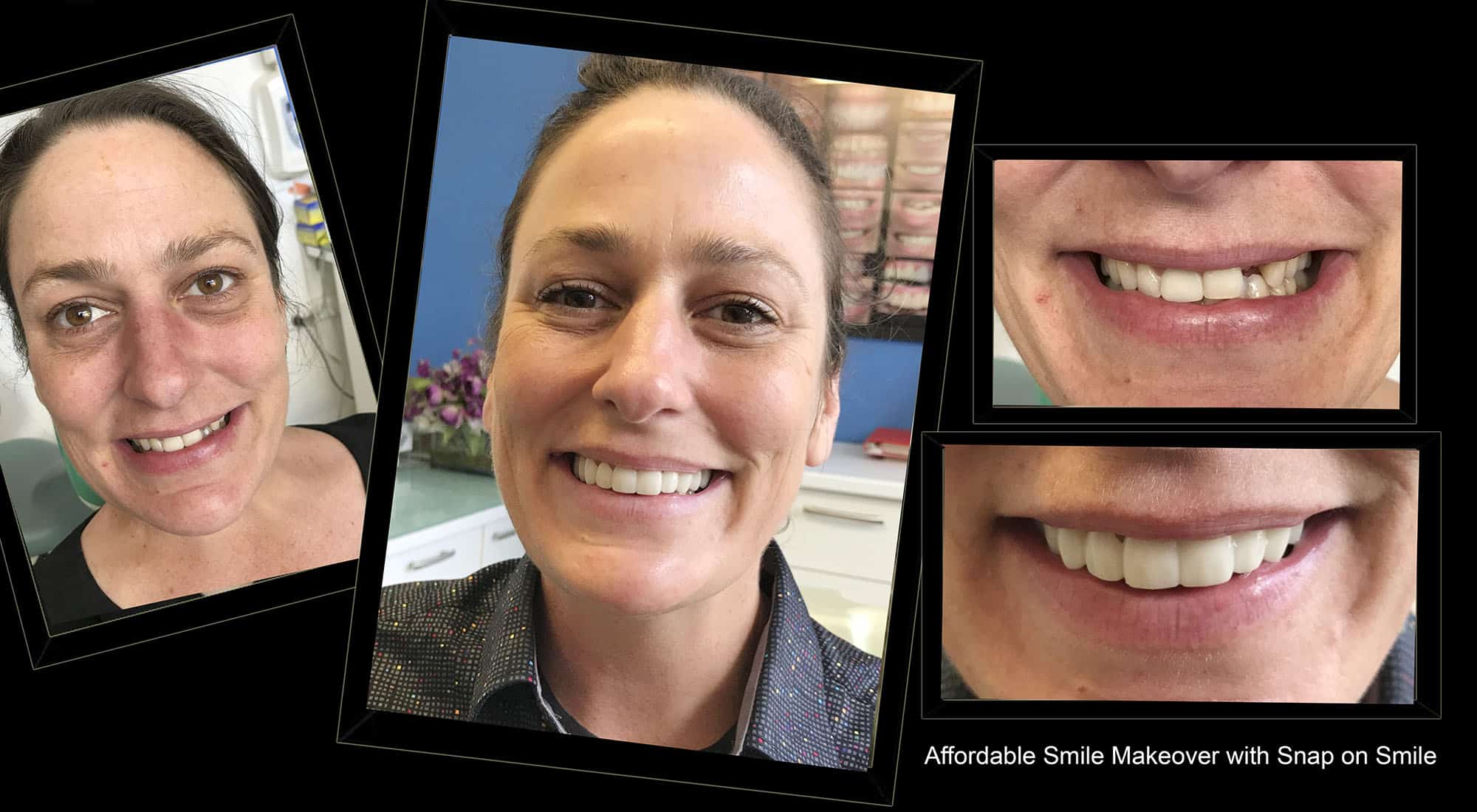All the things you need to know about Cavity or Tooth Decay Treatment – Dental Filling Melbourne CBD
Treatment for rotten teeth | Treatment
The treatment for rotten teeth is generally the same for both children and adults, and saving the tooth is the goal of treatment.
Treatment for early stages of rotten teeth
In the early stages of tooth rot (small cavity), your dentist may perform a fluoride treatment to strengthen or remineralize the tooth, which may reverse a cavity. This method, however, only works for smaller cavities, and isn’t effective once other signs of rotting develop, such as dark or white spots on the tooth and bad breath.
Treatment for advanced stages of rotten teeth
When a fluoride treatment isn’t an option, your dentist can remove decayed parts of the tooth and perform either a dental filling or a dental crown to fill holes in the tooth. For a filling, your dentist uses a tooth-colored composite resin or an amalgam filling such as mercury, silver, or another type of metal. With a crown, your dentist places a dental cap over the decayed tooth.
Treatment for very advanced stages of rotten teeth
You may need a root canal if the decay has spread to the center of the tooth and there’s inflammation or an infection. Your dentist removes the infected nerve and pulp, and then fills and seals the space.
When a tooth can’t be saved due to severe rot, your dentist may extract the tooth and replace it with a denture, bridge, or an implant.
If your child has a rotten baby tooth that can’t be fixed with a dental filling, you may feel a root canal is unnecessary since this isn’t your child’s permanent tooth. But although a decayed tooth will naturally fall out on its own, your child’s dentist may still recommend a root canal to prevent premature loss of the tooth. If the tooth were to fall out early due to decay, this could cause misalignment of their permanent teeth.
What is the outlook for rotten teeth?
Tooth decay can be minor or severe, so it’s important to see a dentist regularly and not ignore signs of a cavity. If diagnosed early, you can receive treatment and possibly avoid complications of a rotten tooth such as infections and tooth loss.
If you are looking for a Gentle Dentist in Melbourne for your Cavity or Tooth Decay treatment and Dental filling, Call VOGUE SMILES MELBOURNE on 9629-7664 to arrange a booking.
To address your Tooth Decay Treatment with Affordable Dental Filling WE OFFER FLEXIBLE PAYMENT PLAN
How To Tell If You Have A Cavity–Before It Gets Worse
As cavities form on your teeth, they eat away at your tooth enamel until they reach what’s called dentin.
Bacteria then eats the dentin until the bacteria reacher the blood vessels and nerves in the middle of your tooth. This is called the pulp.
From the pulp, bacteria can spread to other areas in the mouth if you wait too long to treat a cavity. The bacteria attacks more tooth tissue the longer you wait to take care of a cavity.
A good way to prevent this from happening is to know how to detect when you have a cavity.
Here are seven cavity symptoms to watch out for.
1. Tooth Pain
Typically, you will have pain when you have a cavity that’s been untreated.
If you get a toothache, it’s time to see the dentist. Don’t put it off. In the early stages of cavities, you might feel pain when you bite down on something you eat like a piece of candy.
In time, you begin to experience tooth pain when you chew on something soft, and when it progresses further, you will experience consistent tooth pain.
2. Tooth Sensitivity
A less obvious sign of a cavity is tooth sensitivity. Sensitive teeth often resemble a cavity. It will feel like a tingle or tickle in your teeth at certain times.
Your teeth feel sensitive due to bacteria that is thinning down your tooth enamel. Enamel protects the nerves in the teeth.
When bacteria begin to eat through the layer of enamel, your nerves will make your teeth feel sensitive.
In the early stages, your tooth becomes sensitive when you’re eating something hot or cold, acidic or sugary. At other times, it might not feel sensitive.
If your teeth feel sensitive, use a sensitive toothpaste. Some people do have sensitive teeth and you might be one of them.
But if the sensitive toothpaste doesn’t alleviate the problem, you probably have a cavity and need to visit your dentist.
3. Holes in Your Teeth
If you can see a hole in your tooth, your cavity has progressed. You will most likely need several fillings or possibly a root canal if you have contracted an infection in your tooth and the tooth becomes an abscess.
If you spot a hole on top of the tooth, run your tongue over it. If you feel a hole, it’s probably a cavity.
When looking for a hole in your teeth, it’s easier to see the bottom teeth in the mirror. Get a dental mirror to help you check your top teeth.
If you see a hole anywhere, don’t wait. See a dental professional to clean the bacteria and fill your tooth or fit you for a crown.
4. Dark Spots On Your Tooth
When a cavity has not been treated for a long interval of time, it is easy to see. It will look like a dark spot has formed on the infected tooth. If your tooth is discolored you might have a cavity.
A dark spot appears on your tooth before holes form on your tooth. There could be a hole there that you cannot see.
Instead, a dark spot, usually gray, brown or black. If you see this spot, bacteria has begun to make its way into your enamel. Seeing a dark spot is a sure way how to know if you have a cavity.
5. Halitosis (Bad Breath)
As your tooth decays bacteria spreads and penetrates the tooth. This leads to bad breath, also called halitosis. This same bacteria that makes a cavity causes bad breath.
If enough bacteria has entered your mouth to cause a cavity, you’ll contract bad breath. You might notice it when you brush your teeth or your tongue. You’re also likely to have a bad taste in your mouth.
If you have halitosis, visit a dental professional. You might have a bad cavity. The sooner you address it, the sooner you can fix it and the less money your dental treatment will cost you.
6. Pus
Pus indicates a serious problem caused by a cavity. The cavity has turned into an abscess.
An abscess can cause extreme pain, a fever and even make your glands swell. Tend to pus immediately. It should not be ignored or overlooked.
Your dentist can help stop the pus and to prevent the abscess from getting worse by prescribing an antibiotic.
An antibiotic can kill the bacteria that has spread through your tooth. It can also prevent it from spreading through other nearby areas of your mouth.
7. Chips Or Broken Tooth
If you have a chip in your tooth or your tooth has a larger break, you might have a cavity. This can happen when you might down on something hard or eat something chewy like a piece of candy.
If your tooth is chipped or broken, your cavity needs to be treated before it breaks the rest of the tooth.
At worst, when bacteria causes a tooth to break too much, it may not be able to be saved. You may need to have an extraction at worst.
Final Words On How To Tell If You Have A Cavity
Now you know the signs and how to tell if you have a cavity. If you recognise any of the warning signs, visit a dentist right away.
If you are looking for a Gentle Dentist in Melbourne for your Cavity or Tooth Decay treatment and Dental filling, Call VOGUE SMILES MELBOURNE on 9629-7664 to arrange a booking.
To address your Tooth Decay Treatment with Affordable Dental Filling WE OFFER FLEXIBLE PAYMENT PLAN
Preventing tooth cavities
Cavity might as well be a four letter word.
Cavities have been a bad word for as long as they have had a name. It is no secret that the very thought of one may make your teeth clench in opposition to treatment.
The majority of people are familiar with cavities and know the treatment process, including regular cleaning exams. But most people don’t know the process of what happens to a tooth if it’s left untreated.
We hope that by telling you what happens with a bad cavity will lead you to making proper oral hygiene a part of your daily routine. Here’s a brief summary of what to expect if a cavity goes untreated.
A Bad Cavity Can Bring Further Decay
Cavities don’t just go away on their own. If you ignore a cavity, it will continue to grow in size. One bad cavity could lead to a second cavity before long. Decay of the tooth will widen and deepen; this will make you more prone to brittle teeth leaving them to the possibility of cracking and breaking.
How Serious Cavities Impact Your Nerves
Taking it a step further, if cavities go untreated the decay will eventually reach your nerves. This can be severely painful because nerves become exposed to the air as a cavity progresses. Nerve pain can be an ongoing and excruciating ordeal as the sensitivity within the tooth continues to be compromised. By this time, the tooth will either need a root canal or to be extracted.
Infection from a Bad Cavity
Infection in the mouth and jaw area is of greatest concern even above the pain you may experience. Infection can lead to increased pain, swelling, and other health concerns. You’ll need an antibiotic to help fight the infection along with treatment of the tooth to take care of the cavity in whatever way the dentist feels is best.
As you can see, letting a cavity progress certainly has a snowball effect. Treatment is very easy when cavities begin but can be much more involved if you ignore them. If you suspect that you have a cavity, you should seek immediate treatment from your dentist.
Complications from tooth cavities
A tooth cavity can cause a variety of complications if it’s left untreated. These include:
- ongoing tooth pain
- a tooth abscess, which can become infected and trigger life-threatening complications, like an infection that enters the bloodstream or sepsis
- the development of pus around the infected tooth
- an increased risk for breaking or chipping a tooth
- difficulty chewing food
You may cause damage to your tooth that can’t be reversed if you put off seeing a dentist. At this point, the only way to fix the cavity is for your dentist to remove the tooth and replace it with an implant or bridge.
If you are looking for a Gentle Dentist in Melbourne for your Cavity or Tooth Decay treatment and Dental filling, Call VOGUE SMILES MELBOURNE on 9629-7664 to arrange a booking.
To address your Tooth Decay Treatment with Affordable Dental Filling WE OFFER FLEXIBLE PAYMENT PLAN
What Is A Dental Filling?
A filling is a way to restore a tooth damaged by decay back to its normal function and shape. When a dentist gives you a filling, he or she first removes the decayed tooth material, cleans the affected area, and then fills the cleaned out cavity with a filling material.
By closing off spaces where bacteria can enter, a filling also helps prevent further decay. Materials used for fillings include gold, porcelain, a composite resin (tooth-colored fillings), and an amalgam.
Why Receive A Dental Filling
Dental fillings are important in preventing tooth decay and cavity expansion by filling damaged ares of the tooth before it becomes so damaged it needs removal.
Tooth decay is created by bacteria in your mouth. When the bacteria encounters a food source such as sugar, an acid is produced which begins to breakdown the tooth. This results in what is known as tooth decay or a “cavity”. Not all “cavities” will cause pain, but it is important to have the decay removed and filled with either a silver or white filling to prevent it from spreading to the tooth’s nerve or pulp.
What Is The Process To Fillings?
First, the dentist will use a local anesthetic to numb the area around the tooth to be filled. Next, a drill, air abrasion instrument, or laser will be used to remove the decayed area. The choice of instrument depends on the individual dentist’s comfort level, training, and investment in the particular piece of equipment as well as location and extent of the decay.
Next, your dentist will probe or test the area to determine if all the decay has been removed. Once the decay has been removed, the dentist will prepare the space for the filling by cleaning the cavity of bacteria and debris. If the decay is near the root, your dentist may first put in a liner made of glass ionomer, composite resin, or other material to protect the nerve. Generally, after the filling is in, your dentist will finish and polish it.
If you are looking for a Gentle Dentist in Melbourne for your Cavity or Tooth Decay treatment and Dental filling, Call VOGUE SMILES MELBOURNE on 9629-7664 to arrange a booking.
To address your Tooth Decay Treatment with Affordable Dental Filling WE OFFER FLEXIBLE PAYMENT PLAN
Two broad categories of dental fillings
There are: metal fillings and tooth-colored fillings. Each may offer particular advantages and disadvantages in certain situations.
Metal Fillings
Amalgam — The classic “silver” filling in use for more than a century, dental amalgam is actually an alloy made up of mercury, silver, tin, and copper. The mercury combines with the other metals in the amalgam to make it stable and safe. These fillings are strong and inexpensive, but also quite noticeable. They also require relatively more tooth preparation (drilling) than other types.
Cast Gold — Among the most expensive restorative dental materials, cast gold combines gold with other metals for a very strong, long-lasting filling. It is also highly noticeable, which can be considered a plus or minus.
Tooth-Coloured Fillings
Composite — A popular choice for those who don’t want their fillings to show, composite is a mixture of plastic and glass, which actually bonds to the rest of the tooth. Composites are more expensive than amalgam fillings, and the newer materials can hold up almost as long. Less drilling of the tooth is necessary when placing composite as compared to amalgam.
Porcelain — These high-tech dental ceramics are strong, lifelike, and don’t stain as composites can. They are sometimes more expensive than composites because they may require the use of a dental laboratory or specialized computer-generated technology. While considered the most aesthetic filling, they can also, because of their relatively high glass content, be brittle.
Glass Ionomer — Made of acrylic and glass powders, these inexpensive, translucent fillings have the advantages of blending in pretty well with natural tooth color and releasing small amounts of fluoride to help prevent decay. They generally don’t last as long as other restorative materials.
If you are looking for a Gentle Dentist in Melbourne for your Cavity or Tooth Decay treatment and Dental filling, Call VOGUE SMILES MELBOURNE on 9629-7664 to arrange a booking
To address your Tooth Decay Treatment with Affordable Dental Filling WE OFFER FLEXIBLE PAYMENT PLAN
What Types Of Fillings Are Available?
Today, several dental filling materials are available. Teeth can be filled with gold; porcelain; silver amalgam (which consists of mercury mixed with silver, tin, zinc, and copper); or tooth-colored, plastic, and materials called composite resin fillings. There is also a material that contains glass particles and is known as glass ionomer. This material is used in ways similar to the use of composite resin fillings.
The location and extent of the decay, cost of filling material, your insurance coverage, and your dentist’s recommendation assist in determining the type of filling best for you.
Composite Dental Fillings
For many decades, cavities were filled with amalgam. Still used today, amalgam is very strong material. However, it does have some major disadvantages. It is silver in color, which makes it stand out against the rest of the tooth (which can ruin the aesthetics of your smile). It contains both metals and mercury. Many dental patients are uncomfortable with the idea of mercury in their fillings. Amalgam fillings also require drilling more of the tooth’s structure away than just the decay.
Composite dental fillings are different. Composite resin is a mixture of fine glass, plastic, and other materials that is used to fill in the cavity. The material is not as strong as amalgam (although it can stand up to most normal daily wear and tear), but it does blend in beautifully with your enamel, making it ideal for cavities that affect the teeth visible when you smile.
How are composite fillings placed?
Composite fillings are usually placed in one appointment. While the tooth is numb, your dentist will remove decay as necessary. The space will then be thoroughly cleaned and carefully prepared before the new filling is placed. If the decay was near the nerve of the tooth, a special medication will be applied for added protection. The composite filling will then be precisely placed, shaped, and polished, restoring your tooth to its original shape and function.
It is normal to experience sensitivity to hot and cold when composite fillings are first placed, however this will subside shortly after your tooth acclimates to the new filling.
You will be given care instructions at the conclusion of your treatment. Good oral hygiene practices, eating habits, and regular dental visits will aid in the life of your new fillings.
Benefits of Composite Dental Fillings
Composite dental fillings have several benefits:
- Composite resin provides a seamless fix, blending in perfectly with the color of your natural enamel
- There is no metal or mercury in composite resin
- More of your natural tooth structure is preserved
- Composite resin bonds with your natural tooth
- The material cures (hardens) faster than amalgam
- It can easily be replaced if damaged, loosened, or lost
Inlay Restorations
An inlay restoration is a custom made filling made of composite material, gold, or tooth-colored porcelain. It is made by a professional dental laboratory and is permanently cemented into the tooth by your dentist.
Inlays can be utilized to conservatively repair teeth that have large defective fillings or have been damaged by decay or trauma. Inlays are an ideal alternative to conventional silver and composite fillings. Also, they are more conservative than crowns because less tooth structure is removed in the preparation of inlays.
As with most dental restorations, inlays are not always permanent and may someday require replacement. They are highly durable and will last many years, giving you a beautiful long lasting smile.
Reasons for inlay restorations:
- Broken or fractured teeth.
- Cosmetic enhancement.
- Decayed teeth.
- Fractured fillings.
- Large fillings.
What does getting an onlay involve?
An onlay procedure usually requires two appointments. Your first appointment will include taking several highly accurate impressions (molds) that will be used to create your custom onlay and a temporary restoration.
While the tooth is numb, the dentist will remove any decay and/or old filling materials. The space will then be thoroughly cleaned and carefully prepared, shaping the surface to properly fit an onlay restoration. A temporary filling will be applied to protect the tooth while your onlay is made by a dental laboratory.
At your second appointment, your new onlay will be carefully and precisely cemented into place. A few adjustments may be necessary to ensure a proper fit and that your bite is comfortable.
You will receive care instruction at the conclusion of your treatment. Good oral hygiene practices, a proper diet, and regular dental visits will aid in the life of your new inlay.
Onlay Restorations
An onlay restoration is a custom made filling made of composite material, gold, or tooth-colored porcelain. An onlay is sometimes also referred to as a partial crown. It is made by a professional dental laboratory and is permanently cemented onto the tooth by your dentist.
Onlays can be utilized to conservatively repair teeth that have large defective fillings or have been damaged by decay or trauma. Onlays are an ideal alternative to crowns (caps) because less tooth structure is removed in the preparation of onlays. Onlays are essentially identical to inlays with the exception that one or more of the chewing cusps have also been affected and need to be included in the restoration.
As with most dental restorations, onlays are not always permanent and may someday require replacement. They are highly durable and will last many years, giving you a beautiful long lasting smile.
Reasons for onlay restorations:
- Broken or fractured teeth.
- Cosmetic enhancement.
- Decayed teeth.
- Fractured fillings.
- Large fillings.
What does getting an onlay involve?
An onlay procedure usually requires two appointments. Your first appointment will include taking several highly accurate impressions (molds) that will be used to create your custom onlay and a temporary restoration.
While the tooth is numb, the dentist will remove any decay and/or old filling materials. The space will then be thoroughly cleaned and carefully prepared, shaping the surface to properly fit an onlay restoration. A temporary filling will be applied to protect the tooth while your onlay is made by a dental laboratory.
At your second appointment, your new onlay will be carefully and precisely cemented into place. A few adjustments may be necessary to ensure a proper fit and that your bite is comfortable.
You will receive care instruction at the conclusion of your treatment. Good oral hygiene practices, a proper diet, and regular dental visits will aid in the life of your new onlay.
Amalgam Fillings
A silver amalgam filling is used to repair a tooth that is affected by decay, cracks, fractures, etc. The decayed or affected portion of the tooth will be removed and then filled with a silver filling.
There are many types of filling materials available, each with their own advantages and disadvantages. You and your dentist can discuss the best options for restoring your teeth. Amalgam fillings, along with composite (tooth colored) fillings, are the most widely used today. An amalgam filling is more commonly used in the back teeth since the color is not as aesthetic as a composite filling.
As with most dental restorations, amalgam fillings are not permanent and may someday need replacement. They are very durable, and will last many years, giving you a long lasting smile.
Reasons for amalgam fillings:
- Cracked or broken teeth.
- Decayed teeth.
- Worn teeth.
What does getting an amalgam filling involve?
Amalgam fillings are usually placed in one appointment. While the tooth is numb, your dentist will remove decay as necessary. The space will then be thoroughly cleansed and carefully prepared before the new filling is placed. If the decay was near the nerve of the tooth, a special medication will be applied for added protection. The silver filling will then be precisely placed, shaped, and polished, restoring your tooth to its original shape and function.
It is normal to experience sensitivity to hot and cold when amalgam fillings are first placed, however this will subside shortly after your tooth acclimates to the new filling.
You will be given post-care instructions at the completion of your treatment. Good oral hygiene practices, eating habits, and regular dental visits will aid in the life of your new fillings.
Glass Ionomer
A less frequently seen type of filling is glass ionomer. Made from acrylic and a type of glass known as fluoroaluminosilicate, these fillings are exceptionally strong and normally used in people who have advanced tooth decay descending below the gumline. Glass ionomer is also used for filling baby teeth.
Gold
Gold is an extremely durable substance that can be great for its longevity. While gold fillings last longer than any other type of filling, they are highly visible in the mouth and can cost as much as ten times the price of amalgam fillings!
Every type of filling has its own unique benefits as well as things that detract from its desirability. Your dentist has the career knowledge and experience to know which filling will likely be best for your specific needs, but it can never hurt to ask questions and weigh your options when it comes to having a cavity filled!
If you are looking for a Gentle Dentist in Melbourne for your Cavity or Tooth Decay treatment and Dental filling, Call VOGUE SMILES MELBOURNE on 9629-7664 to arrange a booking
To address your Tooth Decay Treatment with Affordable Dental Filling WE OFFER FLEXIBLE PAYMENT PLAN
What’s right filling for me?
Several factors influence the performance, durability, longevity, and expense of dental restorations, including:
- The components used in the filling material
- The amount of tooth structure remaining
- Where and how the filling is placed
- The chewing load that the tooth will have to bear
- The length and number of visits needed to prepare and adjust the restored tooth
Before your treatment begins, your doctor will discuss with you all of your options and help you choose the best filling for your particular case. In preparation for this discussion it may be helpful to understand the two basic types of dental fillings — direct and indirect.
- Direct fillings are fillings placed into a prepared cavity in a single visit. They include silver amalgam, glass ionomers, resin ionomers, and composite (resin) fillings. The dentist prepares the tooth, places the filling, and adjusts it in one appointment.
- Indirect fillings generally require two or more visits. They include inlays, onlays, and veneers fabricated with gold, base metal alloys, ceramics, or composites. They are used when a tooth has too much damage to support a filling but not enough to necessitate a crown. During the first visit, the dentist prepares the tooth and makes an impression of the area to be restored. The dentist then places a temporary covering over the prepared tooth. The impression is sent to a dental laboratory, which creates the dental restoration. At the next appointment, the dentist cements the restoration into the prepared cavity and adjusts it as needed.
Which filling is best for me?
Each filling is different. What is right for you will be determined by a combination of factors: the extent of required repairs, whether you have allergies to certain medicines, where in your mouth the filling is needed, and cost. Some considerations include:
- Gold fillings are made to order in a lab and then cemented into place. Most gums tolerate gold well, and they can last more than 20 years. However, it’s the most expensive choice, extremely visible, and may require multiple visits to place.
- Amalgam (silver) fillings are relatively inexpensive and resistant to wear and tear. They are more noticeable than porcelain or compsite fillings, and as such they are not usually used in highly visible areas of your mouth, like your front teeth.
- Composite (plastic) fillings are matched to be the same color as your teeth. The ingredients are mixed and placed directly into the cavity, where they then harden. Composites may chip or wear over time, and as such they are not good for large holes. They can also become stained from coffee, tea, or tobacco, and usually last only 3 to 10 years.
- Porcelain fillings are made to order in a lab and then bonded to the tooth. They can also be matched to the color of the tooth, and they resist staining. Their cost is similar to gold.
What Should You Expect After The Treatment?
Once your procedure is done, you are cleared for home. Your tooth or entire mouth will still feel numb a couple of hours after the treatment. This should wear out as soon as the local anesthesia clears in your system. Within the period, you may feel itchy, puffy, or tingly. All these feelings are normal following the procedure. However, they should not last more than a day. You want to avoid eating when your mouth is still numb. This can result in accidentally biting yourself because you cannot feel your tongue or mouth.
After the numbing wears off, you should expect some sensitivity in the treated tooth. This can happen upon different triggers. For some patients, talking too much can allow air into the tooth and cause some slight sensitivity. However, most patients experience it when eating. This is especially so when taking foods of extreme temperatures, whether too hot or too cold. It is also expected that your tooth will be sensitive when you bite hard on foods or items. You may want to avoid hard foods and candies for a while. The sensitivity, however, comes shortly and quickly and then goes away.
Dealing With Sensitivity after Treatment
The sensitivity is not supposed to last very long. Once you are used to your new fillings, it should go away. However, it is best to try out a desensitizing toothpaste to help you cope. You can also try over-the-counter painkillers to relieve the discomfort and pain.
If you are looking for a Gentle Dentist in Melbourne for your Cavity or Tooth Decay treatment and Dental filling, Call VOGUE SMILES MELBOURNE on 9629-7664 to arrange a booking
To address your Tooth Decay Treatment with Affordable Dental Filling WE OFFER FLEXIBLE PAYMENT PLAN
Amalgam Fillings vs. Composite Fillings
I always offer my patients a choice when it comes to the material I use to repair their teeth, but not many people are aware of the distinct benefits of each type of dental filling. When you get a cavity, there are a few ways to protect the tooth from further decay. After removing some decay and a gentle cleanup, there’s a new vacancy in your tooth that needs to be filled in order to protect the tooth’s integrity and the sensitive root underneath. The two most popular dental fillings are the silver amalgam filling and the composite resin filling. I stopped using amalgam fillings 10 years ago even though I have a few in my own mouth. But today, at least 47% of dentists still use amalgam fillings. Here are some facts to help you make an informed decision about the fillings in your mouth.
Silver Amalgam Fillings – Pros and Cons
Silver amalgam fillings are made of an alloy of mercury, silver, tin, zinc and copper. Silver fillings have been used for over 100 years because of the metal’s durability, but recently amalgam fillings have been getting a lot of attention for their potential health concerns. A few years ago, the FDA upgraded them from low risk to a moderate risk treatment due to published research on the health effects of mercury in our fillings. At my office, we take a conservative approach to amalgam removal. If the mercury-silver amalgam filling is decayed or compromised, we will replace it with a composite resin filling.
Pros:
- Metal fillings have a longer lifespan
- Resistant to damage from chewing and grinding
- Cheaper treatment
Cons:
- Larger filling size
- Metallic appearance
- Possible health hazards and allergic reaction
Composite Fillings – Pros and Cons
Composite resin fillings are the most popular type of filling used in modern dental practice. I place more composite fillings than any other type of fillings. They are tooth-coloured fillings that replicate the natural appearance of healthy enamel, making them a more discreet cavity treatment. They form a chemical bond with the tooth for a more reliable fit. They don’t have the same risks as mercury-silver amalgam fillings and are more attractive than metal fillings. Because composite resin fillings are so versatile, we recommend them for most types of cavities.
Pros:
- Chemical bonding to enamel
- Tailored to match natural color of teeth
- Less tooth removed for filling
Cons:
- Shorter lifespan compared to metal fillings
- Longer procedure time (+20 minutes)
- More post-operative sensitivity
If you are looking for a Gentle Dentist in Melbourne for your Cavity or Tooth Decay treatment and Dental filling, Call VOGUE SMILES MELBOURNE on 9629-7664 to arrange a booking.
To address your Tooth Decay Treatment with Affordable Dental Filling WE OFFER FLEXIBLE PAYMENT PLAN
I have Amalgam (silver) fillings. Should I have them replaced?
We recommends only replacing fillings of any kind when there is an issue such as wear, decay, pain, cracking or breaking of the tooth or filling. If you notice any of the issues listed above, we recommend you see your dentist as soon as possible for an exam. Tiny cracks and wear in fillings can often be detected during regular exams and x-rays at a dental checkup.
Alternatives to amalgam, such as cast gold restorations, porcelain, and composite resins are more expensive. Gold and porcelain restorations take longer to make and can require two appointments. Composite resins, or white fillings, are esthetically appealing, but require a longer time to place.
If you are looking for a Gentle Dentist in Melbourne for your Cavity or Tooth Decay treatment and Dental filling, Call VOGUE SMILES MELBOURNE on 9629-7664 to arrange a booking.
To address your Tooth Decay Treatment with Affordable Dental Filling WE OFFER FLEXIBLE PAYMENT PLAN
More common kinds of alternatives to silver amalgam
- Composite fillings – Composite fillings are a mixture of acrylic resin and finely ground glasslike particles that produce a tooth-colored restoration. Composite fillings provide good durability and resistance to fracture in small-to-mid size restorations that need to withstand moderate chewing pressure. Less tooth structure is removed when the dentist prepares the tooth, and this may result in a smaller filling than that of an amalgam. Composites can also be “bonded” or adhesively held in a cavity, often allowing the dentist to make a more conservative repair to the tooth. In teeth where chewing loads are high, composite fillings are less resistant to wear than silver amalgams. It also takes longer to place a composite filling.
- Ionomers – Glass ionomers are tooth-colored materials made of a mixture of acrylic acids and fine glass powders that are used to fill cavities, particularly those on the root surfaces of teeth. Glass ionomers can release a small amount of fluoride that help patients who are at high risk for decay. Glass ionomers are primarily used as small fillings in areas that need not withstand heavy chewing pressure. Because they have a low resistance to fracture, glass ionomers are mostly used in small non-load bearing fillings (those between the teeth) or on the roots of teeth. Resin ionomers also are made from glass filler with acrylic acids and acrylic resin. They also are used for non-load bearing fillings (between the teeth) and they have low to moderate resistance to fracture. Ionomers experience high wear when placed on chewing surfaces. Both glass and resin ionomers mimic natural tooth color but lack the natural translucency of enamel. Both types are well tolerated by patients with only rare occurrences of allergic response.
- Porcelain (ceramic) dental materials – All-porcelain (ceramic) dental materials include porcelain, ceramic or glasslike fillings and crowns. They are used as inlays, onlays, crowns and aesthetic veneers. A veneer is a very thin shell of porcelain that can replace or cover part of the enamel of the tooth. All-porcelain (ceramic) restorations are particularly desirable because their color and translucency mimic natural tooth enamel. All-porcelain restorations require a minimum of two visits and possibly more. The restorations are prone to fracture when placed under tension or on impact. Their strength depends on an adequate thickness of porcelain and the ability to be bonded to the underlying tooth. They are highly resistant to wear but the porcelain can quickly wear opposing teeth if the porcelain surface becomes rough.
If you are looking for a Gentle Dentist in Melbourne for your Cavity or Tooth Decay treatment and Dental filling, Call VOGUE SMILES MELBOURNE on 9629-7664 to arrange a booking.
To address your Tooth Decay Treatment with Affordable Dental Filling WE OFFER FLEXIBLE PAYMENT PLAN
Porcelain Fillings or Ceramic Fillings
Ceramic fillings –sometimes also known as porcelain fillings – are designed to match the color of the tooth or teeth they are used on. This is unlike fillings made of silver, gold, or amalgamations of silver and other minerals.
Instead of fillings comprised of metallic substances that stand out visually in the mouth, porcelain is the main material used for ceramic fillings. It can be mixed to match the exact color and hue of any tooth in a patient’s mouth.
The result – a tooth that has been cleaned and purged of a cavity and is sealed with tooth enamel-colored ceramic material – is much more visually pleasing and much less noticeable as a damaged tooth.
Ceramic fillings can be used in teeth that are under great chewing pressure such as molars and bicuspids, and now thanks to improved technologies such as “directed shrinkage” of the ceramic polymer material used to fill cavities, these porcelain fillings are reliable and are fast becoming the standard of care for forward-thinking dentists and cosmetic dentists across globe.
Pros of Porcelain Fillings
1) More Natural Appearance
The largest benefit of using porcelain ceramic fillings is the completely natural appearance of the repaired tooth or teeth once the procedure has been completed. Whether used for inlays and onlays, crowns, implants, veneers or orthodontic brackets, repaired teeth look indistinguishable from healthy teeth thanks to the ceramic filling material coloring process.
Many patients are so happy with the appearance of their treated teeth that they eventually have all their old fillings removed and replaced with ceramic fillings.
2) Durability & Longevity
Another strong advantage of ceramic porcelain fillings is that the material is very durable, rugged and capable of lasting longer than composite and amalgam fillings. On average, composite fillings tend to last 5 to 10 years, while amalgam fillings last from 10 to 15 years.
Meanwhile, well-installed ceramic fillings can last up to 20 years or so in a patient’s mouth, which is certainly a blessing in numerous ways!
3) Less Toxic – Goodbye Mercury & Amalgam Fillings
Safety of materials is positive focus when discussing ceramic fillings. Particularly with amalgam fillings and their mixture of silver and other minerals, there’s always the possible allergic reaction to one of the metals being used.
In the past, mercury was an accepted material in-use within amalgam fillings and mercury has proven to be toxic as well as allergenic to some patients; additionally, mixing capsules which may contain mercury residue are extremely harmful to our environment. Ceramic porcelain fillings offer none of these potential dangers.
4) Improved Stain & Abrasion Resistance
Lastly, ceramic fillings are more resistant to stains and abrasions than conventional fillings, and do not run the risk of developing micro cracks and fissures as amalgam fillings do. These cracks and fissures in the fillings can lead to further decay within the sealed tooth where the cavity had existed.
Considerations of Ceramic Fillings
One con may be that ceramic fillings often take two appointments to accomplish. However, this technique ensures that the treated tooth is healthy before the final restoration.
However, their superior durability and strength means the reduced need for touch-up treatments over time. Ultimately, this can translate to fewer dental visits.
Ceramic fillings such as inlays or onlays need to be large enough to prevent them from breaking away with use. Often, a tooth must be reduced in size to make room for the extra bulk of the ceramic filling so that it can bond completely to the remaining tooth surface.


